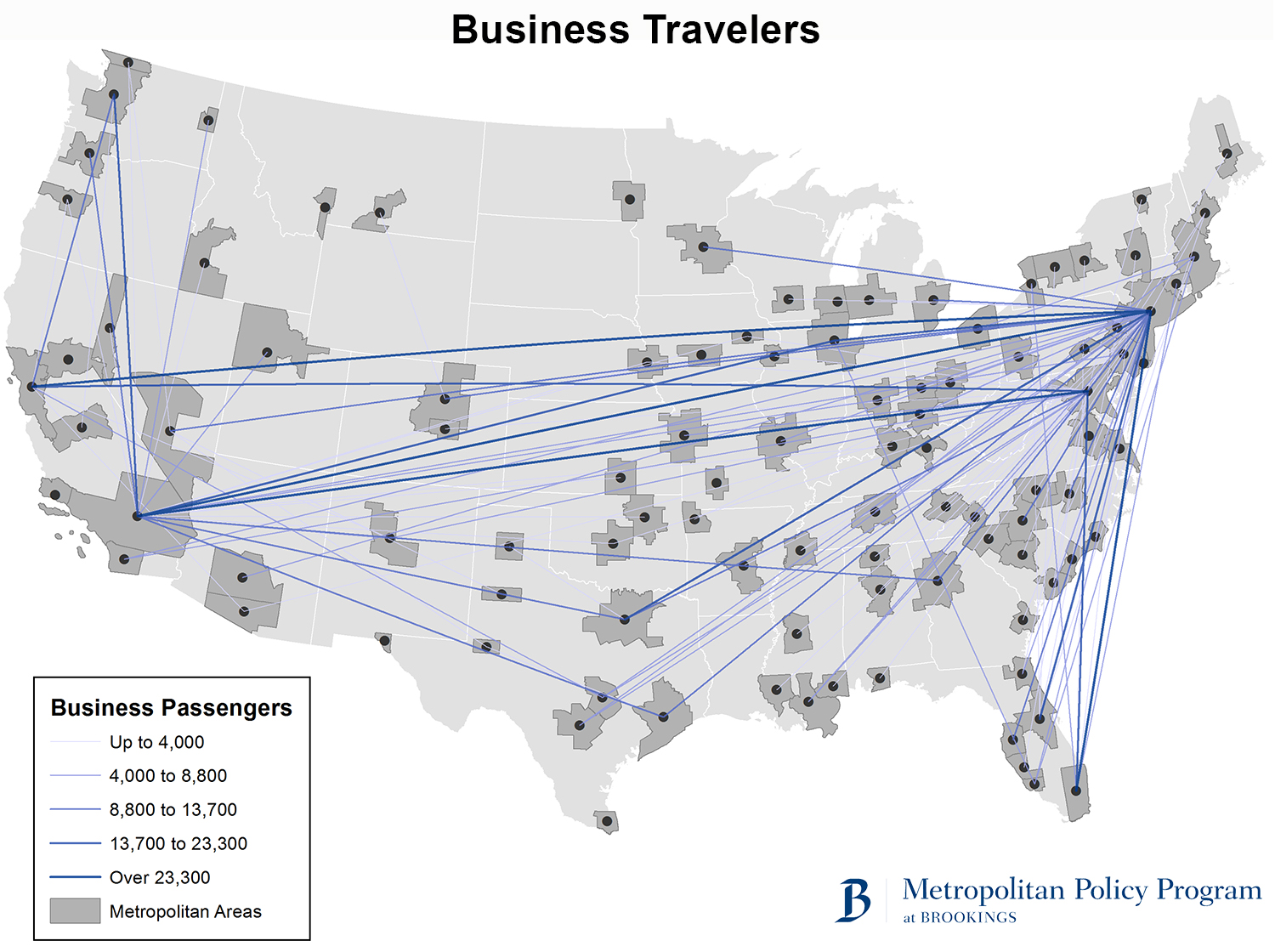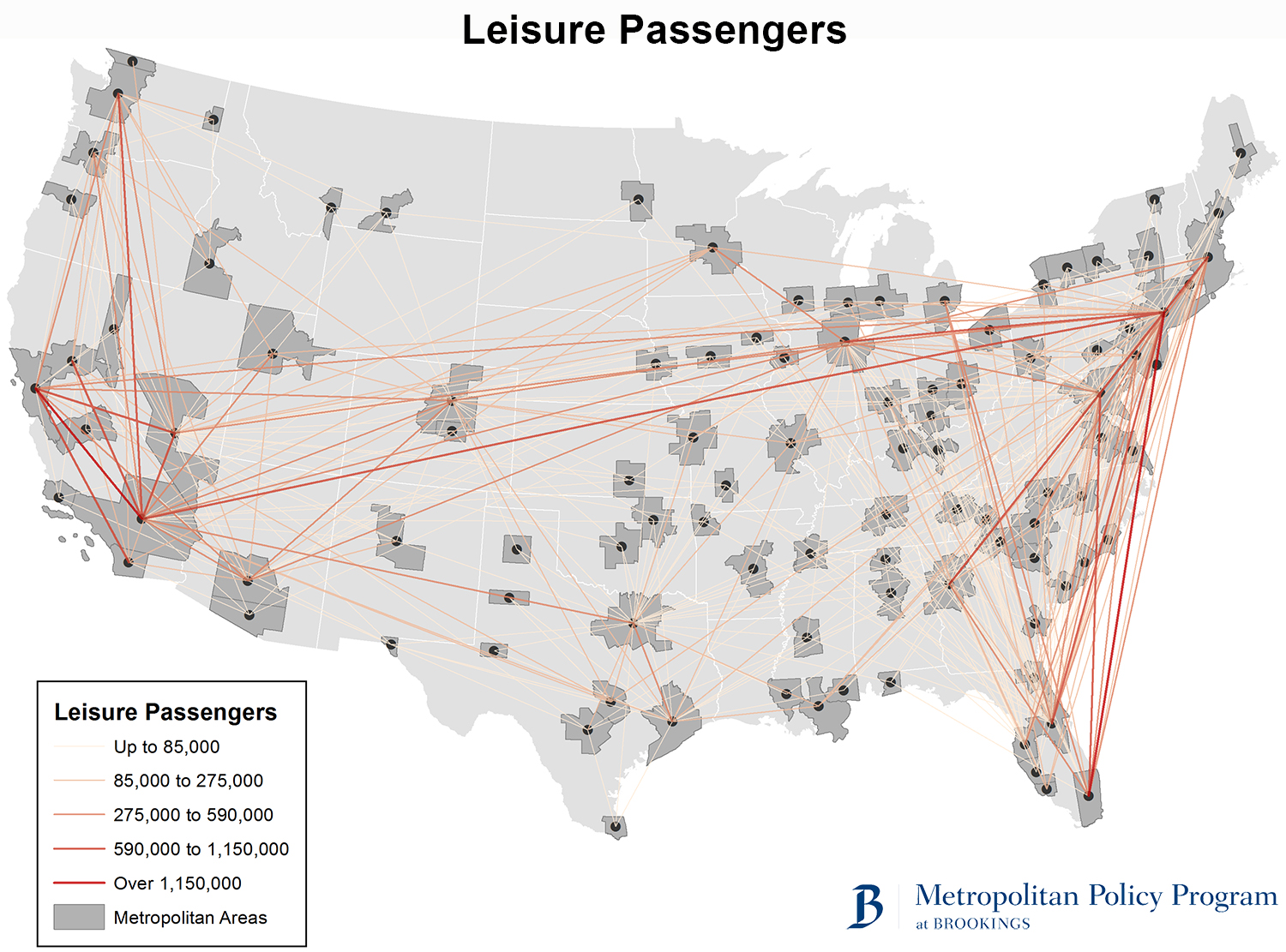Have you ever traveled to a city for business one time, and for pleasure another? If so, there’s a good chance that your experiences were completely different with each visit—different people, different hotels, different dining, different entertainment, and different sites, particularly if you never even left the hotel during your business trip.
The fundamental difference between business and pleasure traveling comes to mind with the release this month of the MasterCard Global Destinations Cities Index, which ranks cities by the number of overnight international visitors they are anticipated to receive in the current year. In the 2015 index London tops the list for the fifth time in seven years. Bangkok, Paris, Dubai, Istanbul, New York, Singapore, Kuala Lumpur, Seoul, and Hong Kong round out the top 10.
According to the report, paying attention to where international visitors are going is important because they “represent a massive source of demand for goods and services, generating business opportunities for a wide range of industries, benefiting companies large and small, and creating jobs that cover the spectrum from the highly skilled to the low-skilled.” Implicitly, this report and others like it contend that the cities at the top of their rankings are somehow poised for huge economic growth and prosperity—leaders in what Brookings Metro calls global fluency.
However, the index fails to make the critical business vs. pleasure distinction. Visitors who come to London to visit grandma have a radically different impact from those who come to negotiate the merger of two multinational corporations.
Moreover, how often are the cities you visit for business and the cities you visit for pleasure the same? As I demonstrated in a 2014 study of air travel in the United States, not only do business and leisure visitors have different kinds of economic impacts and different spending patterns during their visits, they also go to different cities.


In the United States, business passengers are more likely to visit New York and Los Angeles, while leisure passengers are more likely to visit Orlando and Las Vegas. These differing travel patterns could have significant impacts on economic growth at the global level. The 2015 index tells us that London tops the charts with 18.82 million visitors, while Los Angeles is at the bottom of the top 20 with only 5.2 million. But what if the majority of London’s visitors are there to visit family, while the majority of Los Angeles’ visitors are there to open new software companies? In this (perhaps unrealistic) scenario, which city comes out on top is much less clear.
In short, the index does not include the kind of information we would need to decide. To really understand what impact international visitors have for cities’ economies, it is important that rankings like the Global Destinations Cities Index consider who these visitors are and why they are visiting.


Commentary
Mixing business and pleasure: The problem with city travel rankings
June 29, 2015